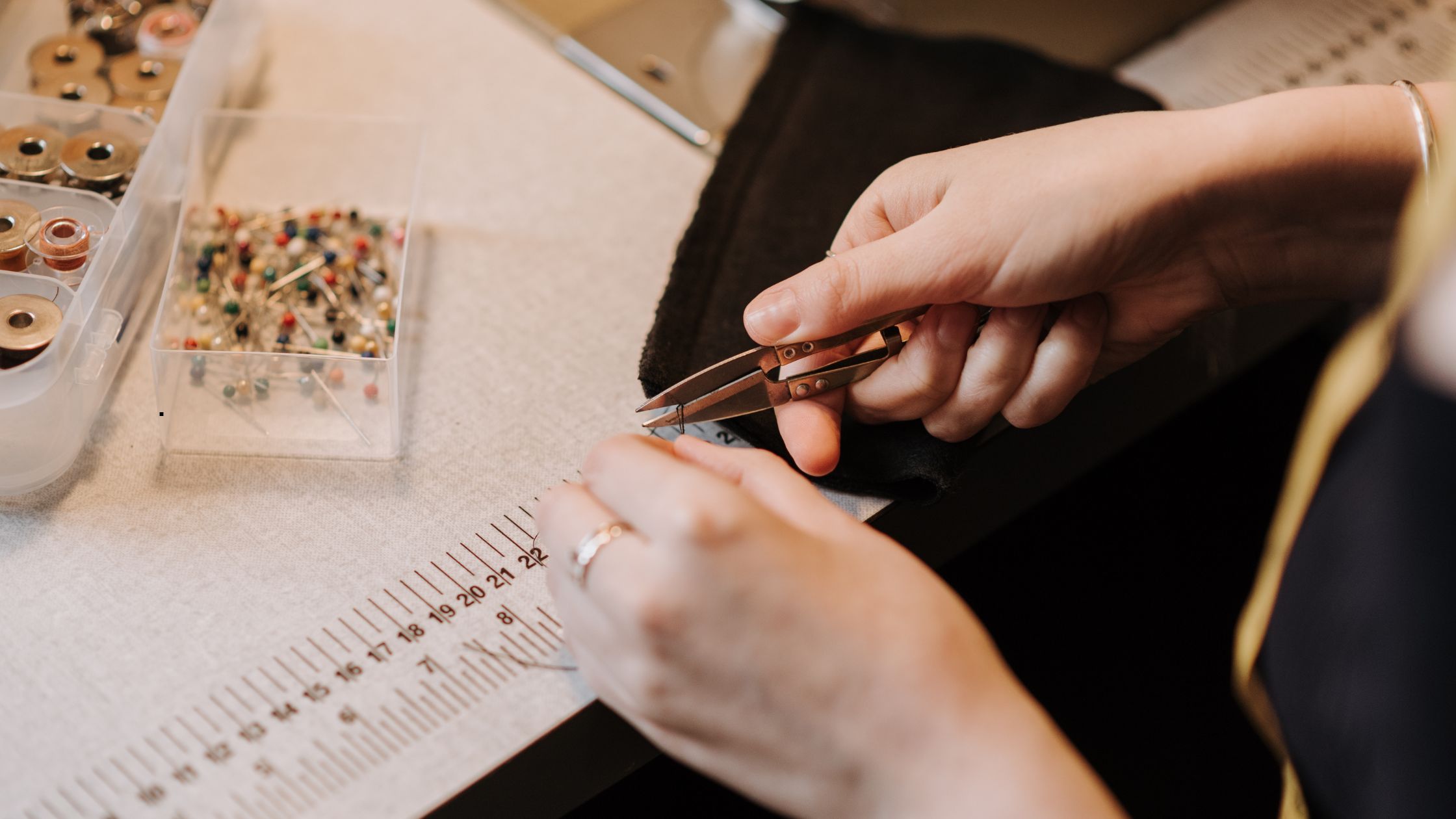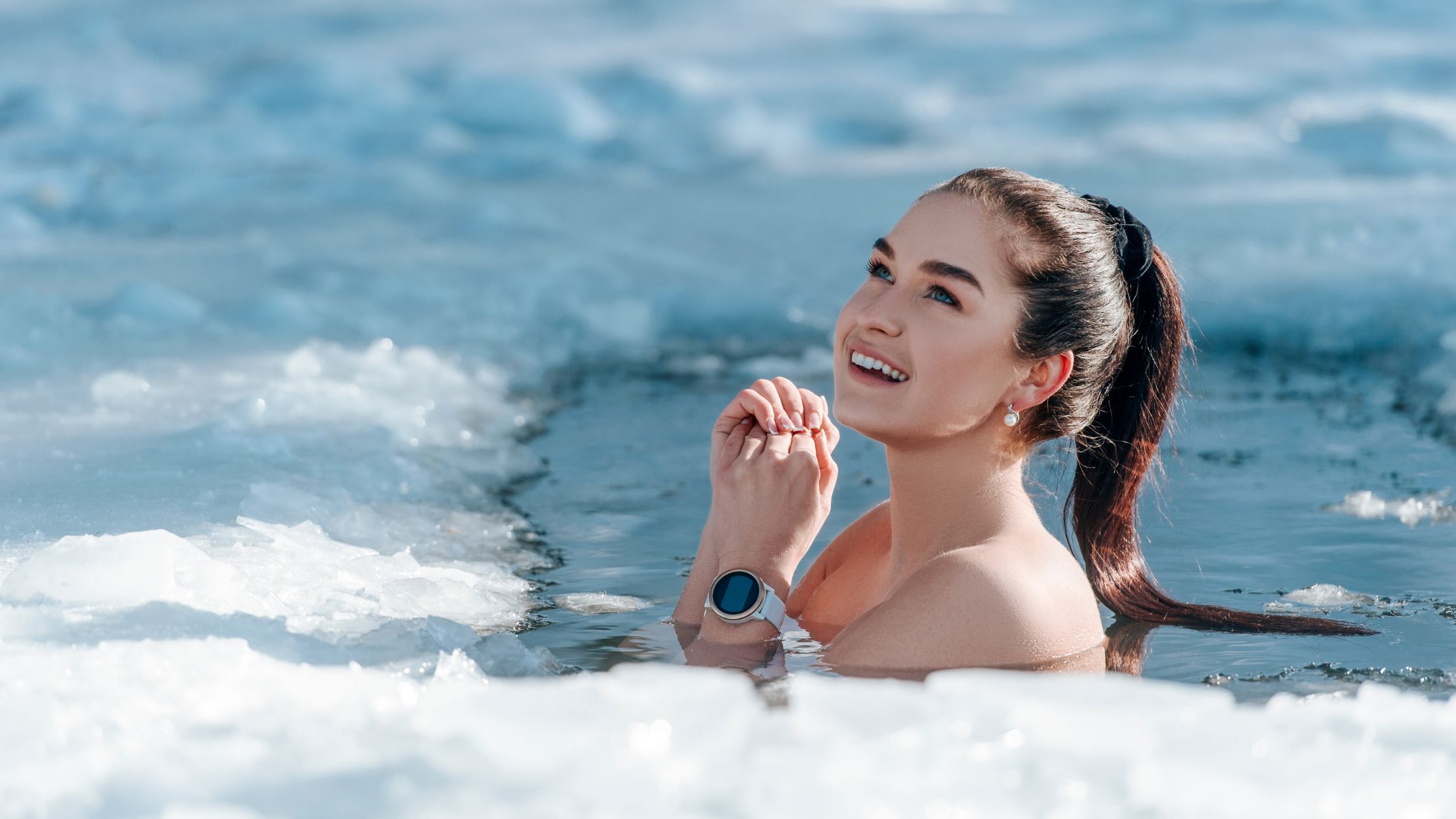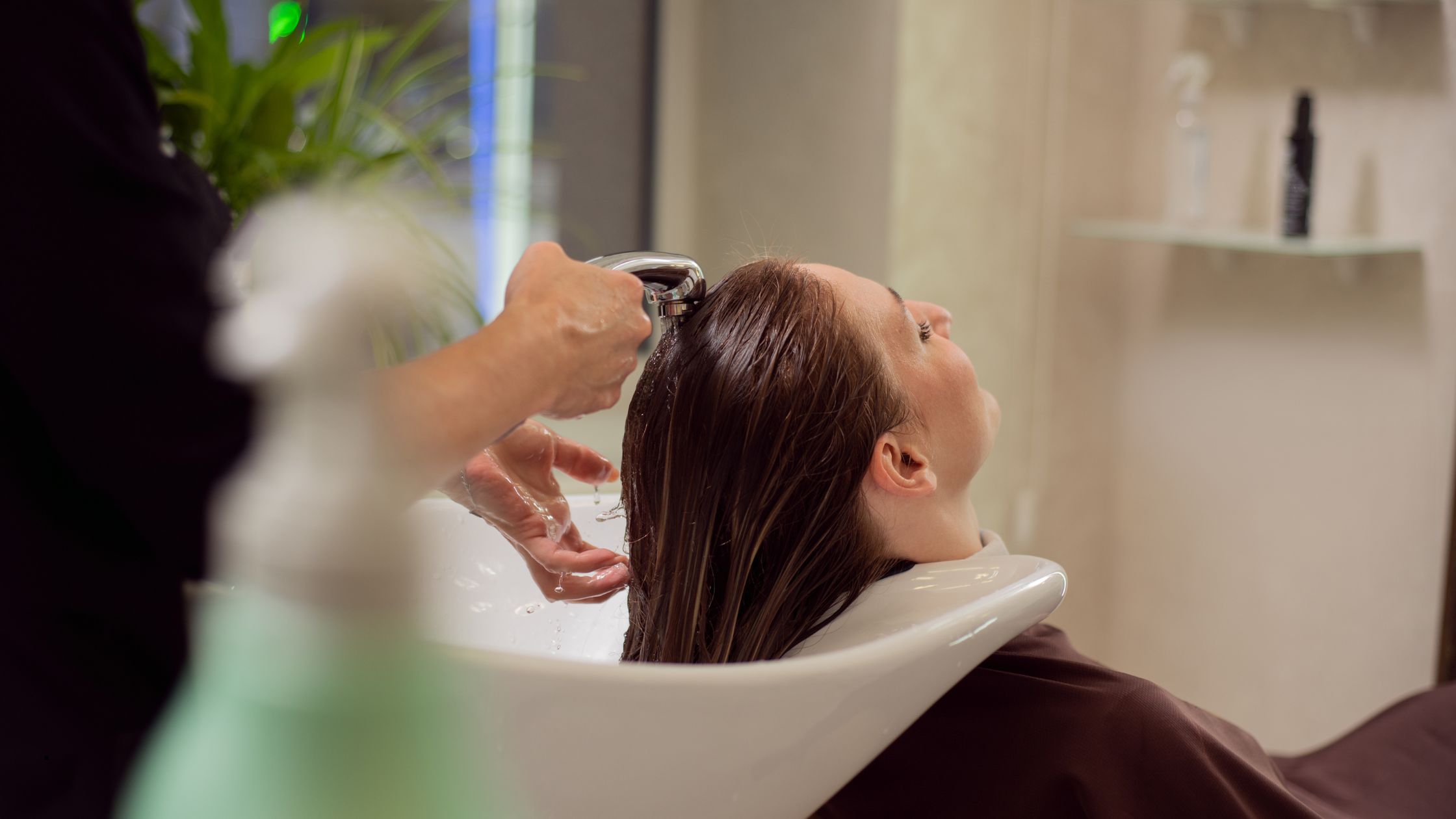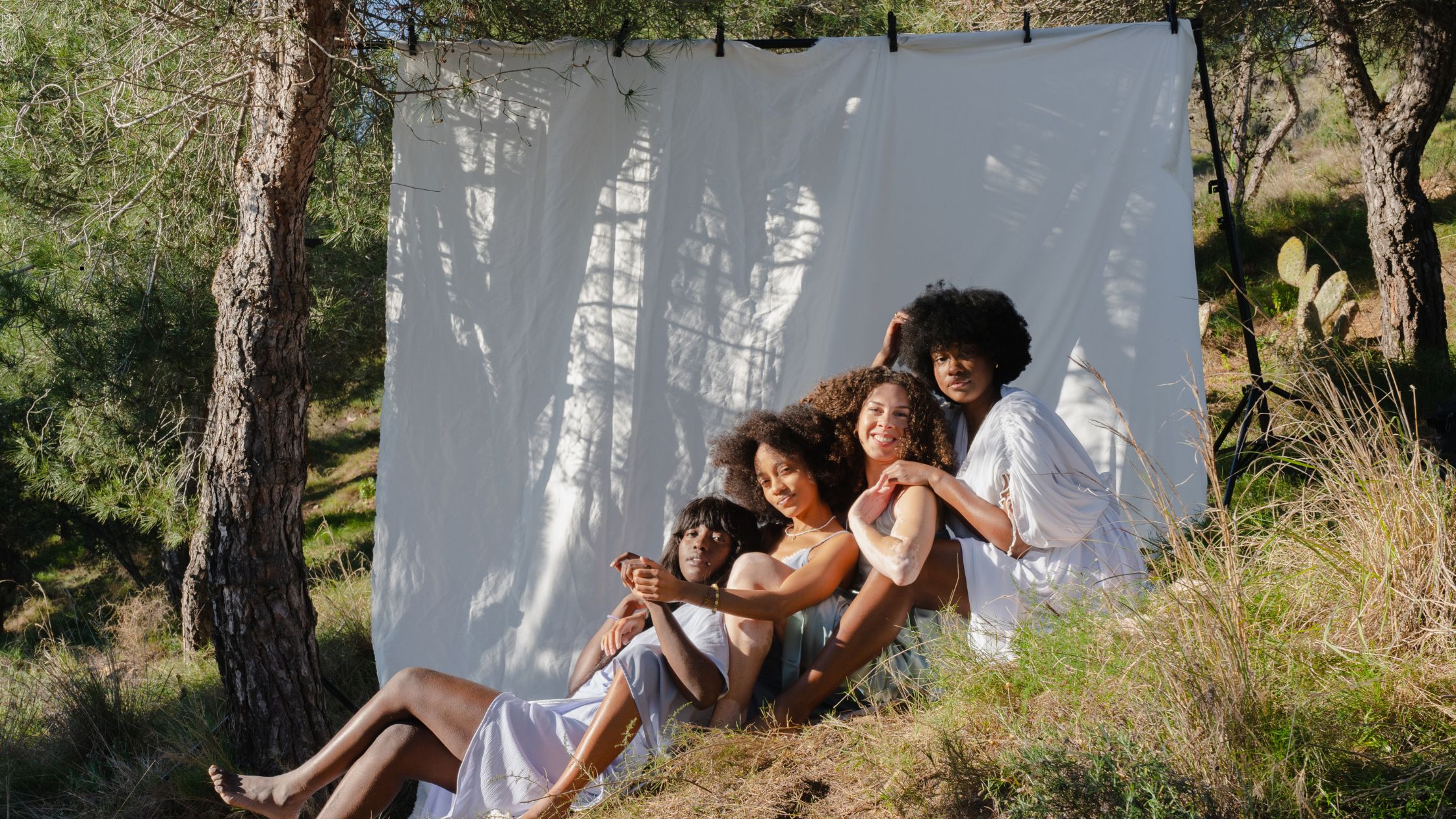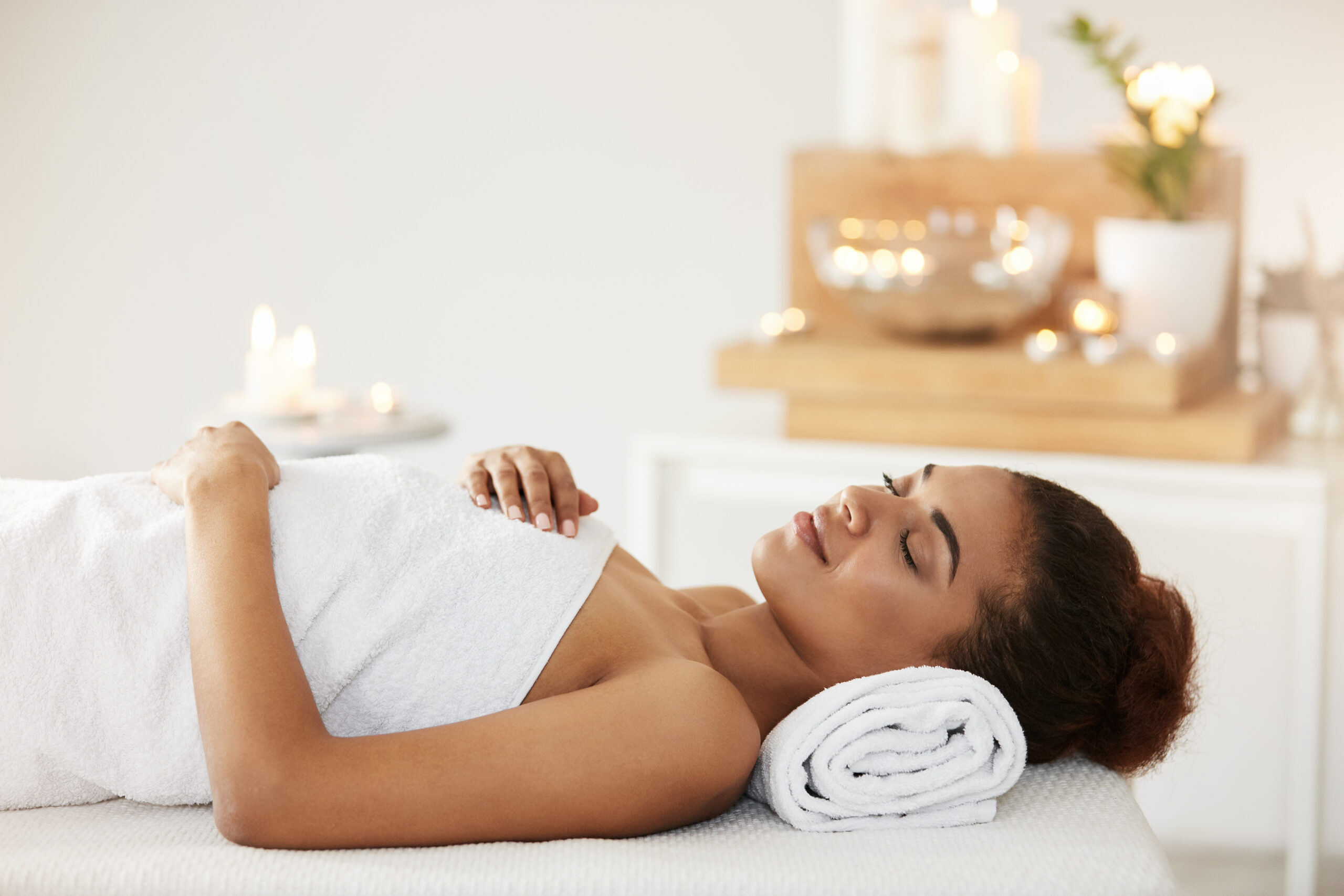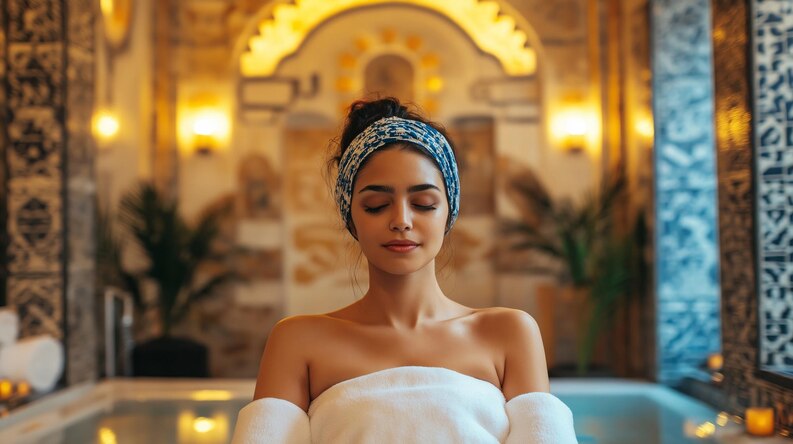In the busy streets of Morocco’s old markets, where the smell of argan oil fills the air and craftsmen create their art, a quiet change is happening. The simple pestemal, a traditional, absorbent cloth used in bathhouses – is now becoming a fashion statement. This new trend, called “Hammam Couture,” blends old traditions with modern style, helping Moroccan designers gain international attention.
The Pestemal: From Hammam Staple to Cultural Icon
Traditionally, the pestemal (also spelled peshtemal) is a lightweight, handwoven textile, often made from cotton or linen, characterized by its striped or checkered patterns. Rooted in Ottoman traditions, it found a home in Moroccan hammams, where it served as a versatile wrap for bathing and relaxation. Over time, it became emblematic of Moroccan self-care rituals, cherished for its durability and softness. Yet, for centuries, its role remained utilitarian – until visionary designers saw untapped potential in its threads.
The Birth of Hammam Couture
The term Hammam Couture emerged as a nod to Morocco’s rich bathing traditions and the artisanship of its weavers. This movement isn’t merely about repurposing fabric; it’s a celebration of cultural identity through avant-garde design. Moroccan designers began experimenting with the pestemal’s structure, reinterpreting its geometric patterns into high-fashion garments and accessories.
By infusing the cloth with luxe embellishments, bold dyes, and modern silhouettes, they transformed it into a canvas for storytelling.
Designer Zineb Joundy, a pioneer of Hammam Couture, explains, “The pestemal carries the soul of Moroccan craftsmanship. Our challenge was to honor its roots while making it speak to a global audience.” Her collections feature peshtemal fabric reworked into tailored blazers, flowing gowns, and statement coats, each piece hand-embroidered with intricate zellige (mosaic) motifs.
Crafting Luxury: Techniques And Innovations
Central to Hammam Couture is the marriage of tradition and innovation. Artisans in cities like Fes and Marrakech employ age-old weaving techniques on wooden looms, producing pestemals with unparalleled texture. Designers then layer these fabrics with contemporary touches: metallic threads, sequins, and even sustainable dyes derived from saffron and indigo. The result is a tactile juxtaposition of old and new.
For instance, Casablanca-based label Dar Artisan collaborates with rural cooperatives to source organic cotton pestemals, which are laser-cut into lace-like overlays for evening wear. Meanwhile, designer Amine Bendriouich’s “Hammam Capsule” collection pairs peshtemal fabric with silk, creating kaftans that drape like liquid gold.
These innovations have caught the eye of fashion editors, with Vogue Arabia hailing Hammam Couture as “a masterclass in cultural reinvention.”
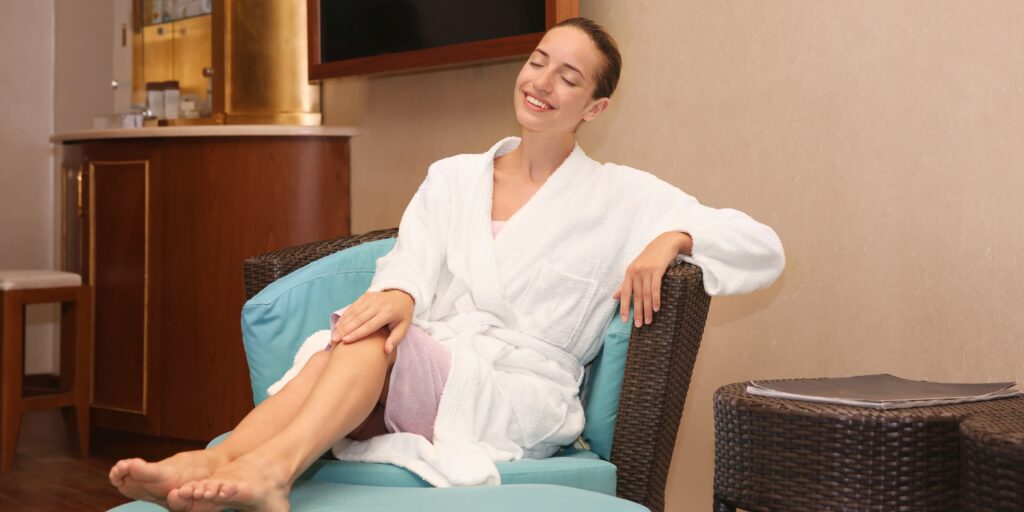
Runways and Red Carpets: Hammam Couture Goes Global
The ascent of Hammam Couture to high fashion’s elite circles has been meteoric. At Paris Fashion Week 2023, models strutted down the runway in pestemal-inspired trench coats, their fringed edges swaying to a fusion of Gnawa and electronic beats. Celebrities like Lupita Nyong’o and Sofia Boutella have since embraced these designs, spotlighting their versatility on red carpets and magazine covers.
This global recognition is no accident. Moroccan designers are strategically positioning Hammam Couture as both a luxury and a narrative. Each garment comes with a story – of the weaver’s hands, the natural dyes, the hammam’s steam-filled rooms. This storytelling resonates with consumers seeking authenticity in an era of fast fashion.
Cultural And Economic Empowerment
Beyond aesthetics, Hammam Couture is driving socio-economic change. By partnering with female-led weaving cooperatives, designers are preserving endangered crafts and providing fair wages. In the Atlas Mountains, cooperatives like Tissages Ancestraux report a 40% increase in demand, enabling artisans to train the next generation. “Before, our looms were gathering dust,” says weaver Fatima Ahidar. “Now, they’re weaving futures.”
Moreover, the movement has spurred tourism interest, with luxury resorts offering Hammam Couture workshops where guests design their own pestemal scarves. This cultural exchange fosters appreciation for Morocco’s heritage while fueling a circular economy.
Sustainability: The Ethical Thread of Hammam Couture
In an industry grappling with waste and overconsumption, Hammam Couture stands out for its eco-conscious ethos. At its core, the pestemal is inherently sustainable – woven from natural fibers like organic cotton, linen, and bamboo, it is biodegradable, chemical-free, and designed for longevity.
Moroccan designers are amplifying these qualities by embracing circular practices. For instance, many Hammam Couture collections use vegetable dyes derived from pomegranate, henna, and walnut shells, reducing reliance on synthetic pigments that pollute waterways. Artisans also employ zero-waste cutting techniques, repurposing fabric scraps into tassels, hair accessories, or even patchwork detailing for future designs.
The movement’s commitment to ethical production extends beyond materials. By partnering with female-led weaving cooperatives in rural areas, Hammam Couture ensures fair wages and safe working conditions, empowering communities while preserving ancestral skills. Brands like Terre Maroc have introduced blockchain traceability, allowing customers to track a garment’s journey from loom to boutique. This transparency not only builds trust but educates consumers about the value of slow fashion.
Additionally, Hammam Couture champions water stewardship. Traditional pestemal weaving requires minimal water compared to industrial textile processes, and designers are further reducing their footprint by using rainwater-harvested dyeing vats. Even packaging reflects this ethos – many labels wrap garments in reusable pestemal-inspired cloth instead of plastic.
Marrakech’s EcoChic Studio epitomizes this philosophy, upcycling vintage pestemals into patchwork jackets and quilts. “Sustainability isn’t a buzzword here; it’s woven into our identity,” says founder Laila El Mansouri. By reimagining discarded textiles as luxury, Hammam Couture proves that ethical fashion can be both beautiful and regenerative, setting a standard for the global industry to follow.
The Future of Hammam Couture
As Hammam Couture gains momentum, its pioneers envision a future where Moroccan design philosophies influence global trends. Virtual reality fashion shows, AI-driven pattern design, and collaborations with international luxury houses are on the horizon. Yet, the core mission remains: to elevate the pestemal without erasing its essence.
Designer Youssef Oudrhiri, who recently debuted a Hammam Couture line at Milan’s Salone del Mobile, predicts, “Soon, every fashion capital will have a hammam-inspired collection. But Morocco will always be its soul.”
Conclusion
Hammam Couture is more than a trend – it’s a cultural reawakening. By transforming the pestemal into high fashion, Moroccan designers are weaving their heritage into the fabric of tomorrow. In doing so, they remind us that tradition, when nurtured with creativity, can become timeless innovation. As the world turns toward mindful consumption, Hammam Couture offers a blueprint: honor the past, design for the future, and let every thread tell a story.
In fact, this movement’s influence is now rippling beyond Morocco’s borders. For instance, our establishment called The Old Hammam in Edmonton, London, serves as a sanctuary dedicated to authentic Moroccan bathing rituals. We have decided to begin incorporating Hammam Couture pieces into our offerings, showcasing pestemal-inspired robes and accessories to clients seeking immersive cultural experiences – very soon.
By bridging traditional hammam practices with high fashion, spaces like these amplify the global resonance of Morocco’s design philosophy.
So – don’t hesitate to visit The Old Hammam & Spa in Edmonton London if you want to experience the best hammam session.
